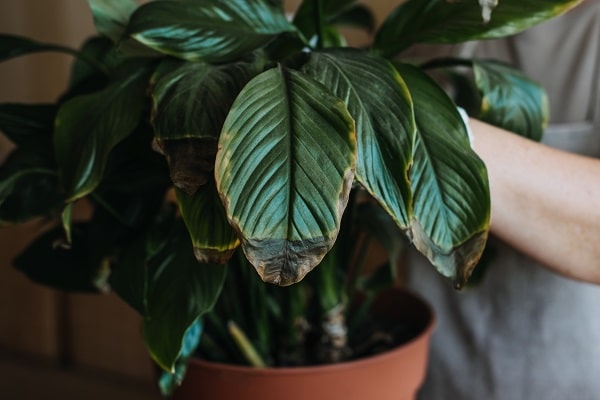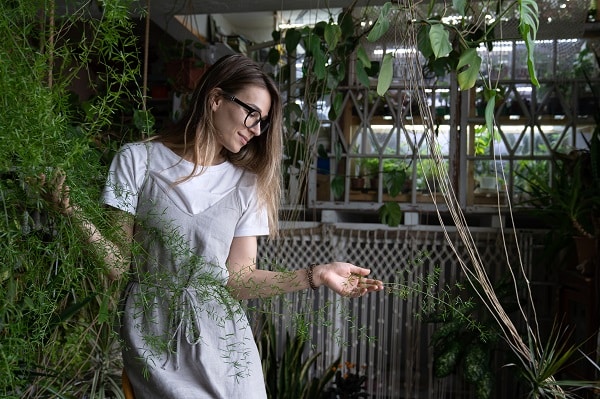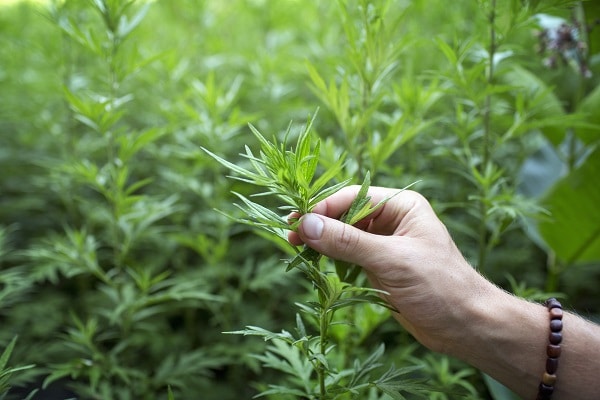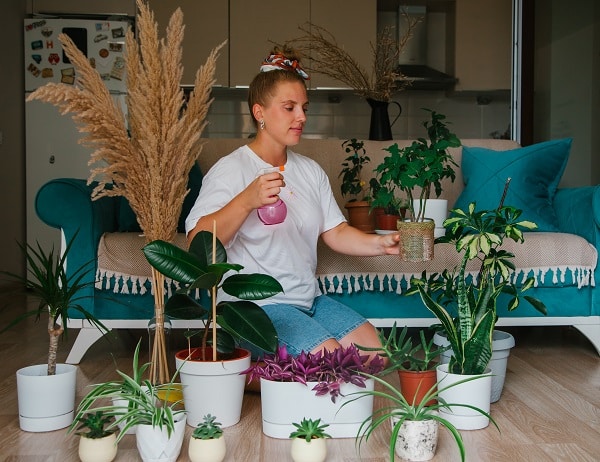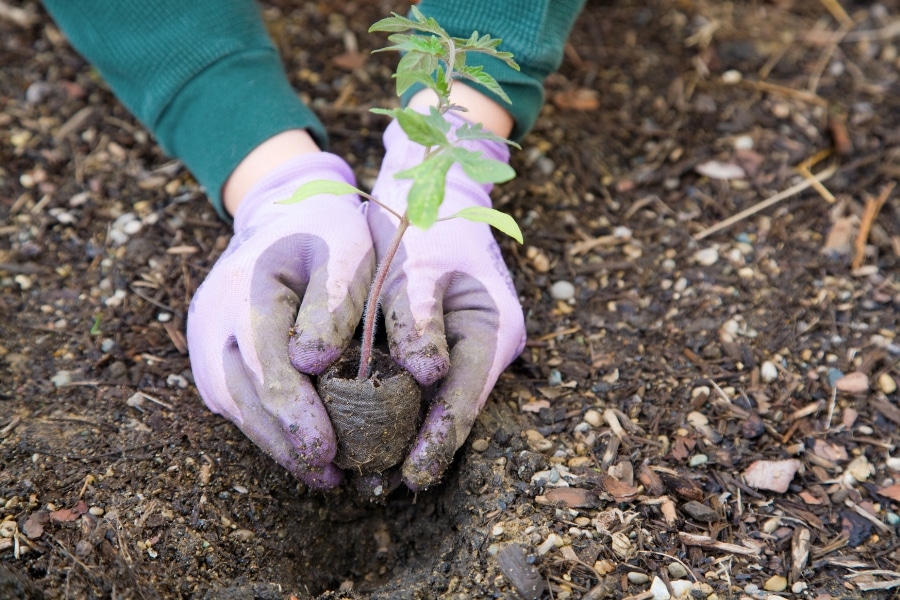Taking on the role of a plant parent brings immense joy and a sense of responsibility. The process starts with meticulous research about the perfect plant that fits your space. Then, it continues with tender care and daily monitoring to ensure the plant’s well-being. However, a common misconception among plant enthusiasts is that the more sunlight a plant receives, the better it will grow. Contrarily, overexposure to sunlight can harm plants, leading to wilting or even death. So, how can you discern if your green companions are getting an overdose of sunlight? This comprehensive guide aims to clarify by outlining specific warning signs indicating your plant may be receiving too much sun.
Contents
Recognizing Color Fade
A clear and prominent sign that your plant might receive excessive sunlight is when its leaves start losing their vibrant green color. The process is typically gradual. You may first notice a slight paling of the leaf color, progressing to a pale yellow and, eventually, brown. This color-fading process indicates that the plant is overwhelmed by the sun’s intensity and cannot effectively photosynthesize.
However, this doesn’t mean you must panic at the first sight of a yellow leaf. Plants, like all living things, have natural aging processes and occasionally lose older leaves to make room for new growth. You may need to take action when this yellowing or browning starts to occur broadly across the plant or in its newer leaves. Once leaves turn completely brown, it could imply that the roots have died, often marking a point of no return for the plant.
Interpreting Droopy Leaves and Stems
If your plant’s leaves and stems start drooping or sagging, it could indicate too much sunlight. Contrary to the belief that plants love being in direct sunlight for extended periods, they don’t. Extended sun exposure can cause heat stress, leading plants to release water from their leaves to cool down. This process is known as transpiration and is a plant’s natural defense against overheating.
However, continued heat stress and increased transpiration can cause plants to lose water faster than they can absorb it, resulting in an overall droopy appearance. While a little afternoon wilting on a hot day is normal and no cause for concern, chronic wilting, especially when coupled with other symptoms, could signify a serious problem. If this wilting continues despite adequate watering, it may indicate that the plant receives too much sunlight.
Understanding Leaf Curl
Another intriguing way plants signal overexposure to sunlight is through leaf curling. Plants are incredibly adaptive organisms; when they receive too much sunlight, their leaves curl inward. This defense mechanism is designed to reduce the leaf surface area exposed to the sun’s harsh rays. If you start noticing that your plant’s leaves are curling up, even though it has sufficient water and nutrients, the plant is likely reacting to too much sunlight exposure.
It’s important to note that not all leaf curling indicates overexposure to sunlight. Certain pests, diseases, and nutritional deficiencies can also cause leaves to curl. Therefore, it’s crucial to eliminate these possibilities before attributing leaf curling to sun damage. However, if these factors are ruled out, and the plant is in a spot with intense direct sunlight, it’s advisable to move it to a more shaded area and see if the condition improves.
Identifying Leaf Burn and Brown Spots
Leaf burn is a symptom of sunlight overdose that resembles the effects of drought but is different in how it impacts the plant. When too much sunlight strikes the plant directly, it can cause the leaves to burn. This often manifests as brown spots on leaves or entire leaves turning brown and dying off. It’s easy to mistake leaf burn for a watering issue, but when combined with other signs of sun damage, you might need to consider relocating your plant to a spot with less direct sunlight.
In addition to brown spots or full leaf browning, another sign of sunburn is crispy leaf edges. This happens because the leaf edges and tips are the furthest from the plant’s main water supply, the roots. Therefore, they dry out more quickly than other parts of the leaf. If you notice browning and crispy edges on your plant’s leaves, it might be time to think about reducing its exposure to direct sunlight.
Deciphering Wrinkled Leaves
Leaves with a wrinkled or puckered appearance can also indicate that your plant is dealing with excessive sunlight, especially if the wrinkles appear near the leaf-stem junction. Sunlight overdose can damage the tissue in this region, interfering with the plant’s nutrient transport system. This can cause the leaves to pucker or wrinkle as they don’t receive the necessary nutrients they need to maintain their structure.
If you notice this symptom, the good news is that you may still have time to save your plant. However, you will need to act promptly. First, check for pests that might be causing the damage. If you don’t find any, consider relocating your plant to a location with less intense sunlight. Providing some shade to the plant can help it recover and prevent further sun damage.
Spotting Sunburned Stems and Roots
Stem and root sunburn is another serious issue that can result from excessive sun exposure. Often overlooked, it can be a lethal issue for your green friends. The heat coming in through your window, intensified by the glass, can cause these parts of the plant to turn brown, effectively “cooking” them. You might think it’s a disease or root rot, but if the plant is located in direct sunlight, there’s a good chance that sunburn is the culprit.
It might be possible to save the plant if you notice this issue early enough. Moving the plant out of direct sunlight can help cool it down and prevent further damage. However, be aware that these injuries often can’t heal, and this damage can be fatal for your plant. Thus, it’s crucial to avoid such situations in the first place by careful placement of your plants.
Preventive Measures Against Sun Damage
It’s always better to prevent damage than cure it, and the same holds for sun damage in plants. One easy way to prevent sun damage is by placing your plants in areas that don’t receive direct sunlight. If it’s necessary to have them near a window, consider using a sheer curtain or blinds to filter the sunlight. This will prevent the leaves from getting scorched while still allowing the plant to receive the light it needs for photosynthesis.
In the case of a plant that’s already been sunburnt, moving it to a shady area can help it recover. However, remember that recovery might take some time. Leaves that have been burnt can’t heal, but new ones will grow to replace them if the plant can recover. During the recovery period, ensure the plant gets enough water and nutrients to support its growth and recovery process.
The Bottom Line
Understanding the balance between too much and too little sunlight is vital for the well-being of your plants. If your indoor plants are receiving more than two to four hours of direct sunlight every day, you might start noticing the signs of sun damage that we’ve discussed in this guide. Upon noticing these signs, it’s essential to immediately move the plant away from the sunlight and provide extra care until it recovers. By being vigilant about your plant’s needs, you can ensure they remain lush and healthy for a long time.



